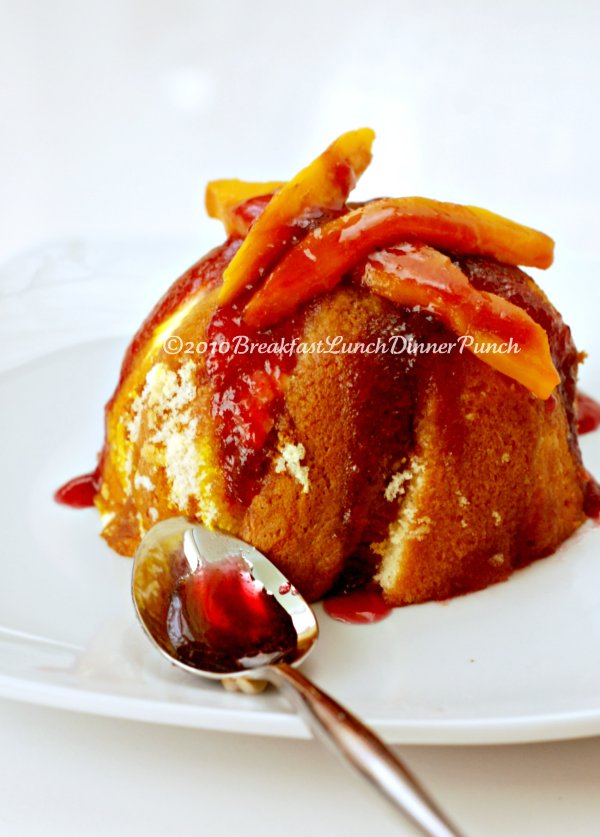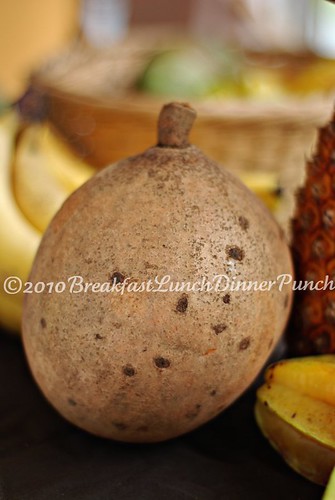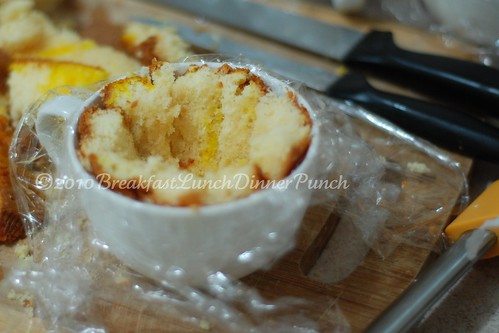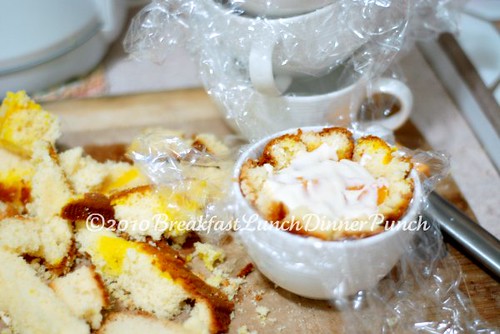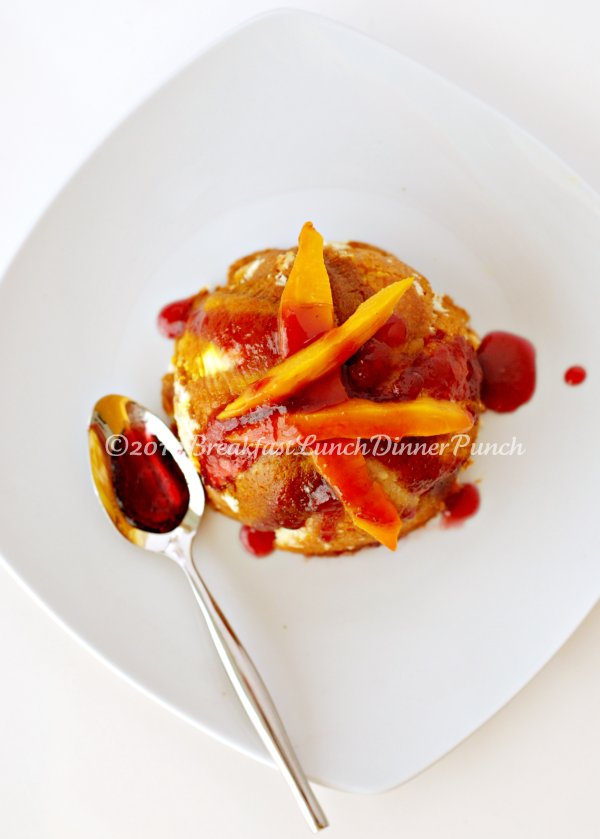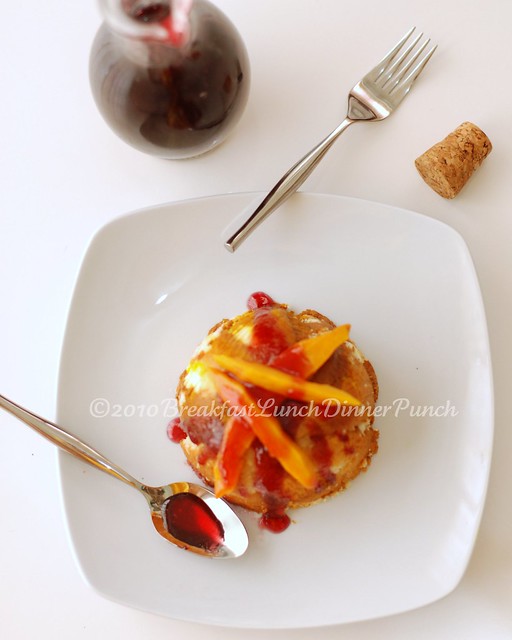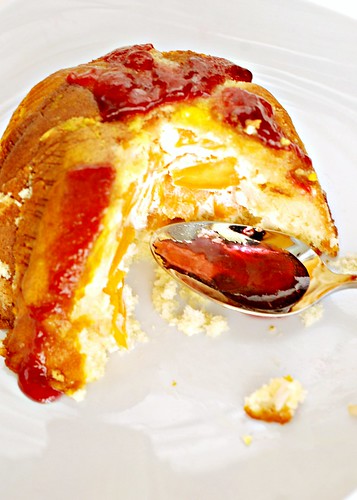I am glad that summer is over.
Did you know that during summer food bloggers drive me crazy?
Yeh you do.
Oh I'm sure it's not intentional.
Still, the cumulative effect of all of you waving your punnets of berries and baskets of stone fruits in my face is a bit more than I can bear.
You bake pies, cobblers and clafoutis and sing praises to the rosy blush of summer fruit.
Meanwhile, I curse our humidity. Tropic heat is ill-suited to growing stuff like blueberries or peaches.
Crap. I am so envious of you all, BUT NOT THIS YEAR!
This year I had this to comfort me.
Mammee apple.
No I didn't just cuss yo momma. That's the name of the fruit I asked you to identify in an earlier post. Some of you correctly identified it on my FB page as mammy apple (Mammea americana L).
Trinidadians also call it mammee sepote, not to be confused with mamey sepote (pouteria sapota) which is a different fruit altogether.
Admittedly it will never win any fruity beauty pageants. The skin is rough and kind of bumpy and well... it's brown. You're thinking, no way this ugly thing has your luscious berries beat. Never fear, under that rough exterior lurks a delectable and fragrant surprise.
According to the "Manual Of Tropical And Subtropical Fruits", by Wilson Popenoe. Christopher Columbus, after his first visit to Veragua in 1502, is said to have described the mammee apple as a fruit the size of a large lemon, with the flavor of the peach.
Is it any wonder that the man got hopelessly lost trying to find the East Indies? Evidently Chris' powers of observation like his navigation are way off course. A large lemon? Really there were 8lb lemons back in the day? As to the peach-like flavour ....uhm... not so much.
This fruit is indigenous to the West Indies but some 500 years after Coloumbus and it still isn’t something that is widely cultivated and as such is not very well known. I must confess that my remembrance of the actual taste was vague and overshadowed by memories of holidays in the countryside which was where I first tasted mammee apple..
With something akin to religious reverence I assembled my own children and we gathered around the one mammy apple. I explained what it was and divided it up amongst us. The flesh is slightly tart but sweet, and crisp.
Everyone offered up their own superlatives of it’s deliciousness in an effort to help me describe the flavour for my blog readers. Turns out we each had a different opinion. Flavours like peaches, nectarines, mangoes, pineapples cantaloupes, and apricots were suggested. The final decision was that the flavour is familiar yet quite unique; it tastes like itself - a mammee apple. Pity there was only the one.
But wait! The following week my dad came back from the market with the farmer's remaining three 3 mammee apples and a bottle of homemade mammee apple jam. JOYFULNESS!
So what do you do with your mammee apple once you've bought out the farmer's meager supply thus selfishly denying others the joy of experiencing this amazing fruit?
St Dominic Apricot Charlotte
Woah! That looks really good but what the heck is a St Dominic apricot? I thought we were talking about mammee apples.
Nice to know you're paying attention.
Mammee apple is also called St Dominic or West Indian apricot. "To Spanish-speaking people, it is known as mamey de Santo Domingo, mamey amarillo, mamey de Cartagena, mata serrano, zapote mamey, or zapote de Santo Domingo. In Portuguese it is called abricote, abrico do Pará, abrico selvagem, or pecego de Sao Domingos. In French, it is abricot d' Amerique, abricot des Antilles, abricot pays, abricot de Saint-Dominque or abricotier sauvage."
Besides a St Dominic apricot charlotte sounds a whole lot more impressive than Mammee apple ice-box cake don't you think?
So to my good friend in Texas tweeting peotic about her damn juicy farm purchased peaches. Forget you and your bags of cherries from your in-law's farm in Iowa. This charlotte is me sticking my tongue out you.:-P
I've got tree-ripened West Indian apricots enveloped in a pillow of sweetened cream. They are then wrapped in a layer of sponge cake soaked in Cointreau and served with a drizzle of wild hibiscus syrup. So yeah I too have summer fruit to crave, you betcha! And it may even be better than peaches!
St Dominic Apricot Charlotte
(adapted from taste.com.au)
1/2 cup granulated sugar
1/4 cup water
500g cream cheese cheese
600ml thickened cream
1/3 cup (50g) icing sugar
2 egg yolks
1 vanilla bean, split, seeds scraped
1/2 cup (125ml) Grand Marnier or Cointreau
Juice of 2 oranges
one 8" sponge cake cut in strips
One large mammee apple strips
- Place the granulated sugar and 1/4 cup water in a small pan over medium heat, stirring to dissolve the sugar. Add the mammee apple slices and stir. Cook for 2 mins. Remove from heat and let cool.
- Line the 4 rounded teacups with plastic wrap. Place the cream cheese, thickened cream, icing sugar, egg yolks and vanilla seeds in the bowl of an electric mixer and beat on high speed until thick and well combined.
- Combine the Cointreau or Grand Marnier and orange juice in a separate bowl. Drizzle half the sponge cake slices with the juice mixture and layer in the base and sides of teacups with the soaked cake strips. Spread with one-third of the cream cheese, and a layer of mamme apple slices. Repeat the process, then top with the remaining cream cheese mixture, reserving the remaining mango slices to serve. Cover the cakes and chill for 2 hours or until firm.
- To serve, carefully invert the cup onto a small serving plate and remove plastic wrap. Decorate with slices of the reserved mammee apple and serve with hibiscus or sauce of your choice.






